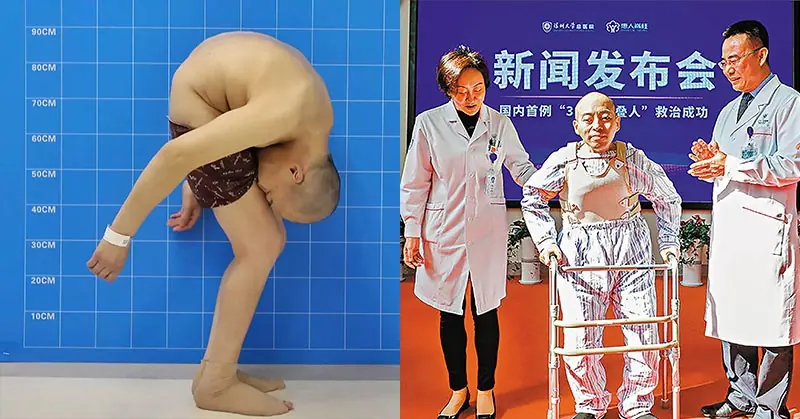
Trapped in Silence: Boy Awakens After 12-Year Coma With Terrifying Secret
Martin Pistorius was a typical 12-year-old boy living in Johannesburg, South Africa, during the late 1980s. He had a passion for technology, enjoyed tinkering with electronics, and dreamed of becoming a technician. But in 1988, everything changed.
What began as a simple sore throat quickly escalated into something far more serious. He began sleeping excessively, lost energy, and eventually lost the ability to walk, talk, or even lift his head. The rapid decline baffled doctors, who ultimately diagnosed him with cryptococcal meningitis and tuberculosis of the brain. Yet, despite these diagnoses, they couldn't fully explain what was happening to him.
Within a year, Martin entered a state that medical professionals referred to as a "vegetative state." To those around him, it seemed his mind was gone, even though his body remained alive. Doctors told his family there was little to no hope. “He has the mind of an infant,” they were told. “He won’t recover.”
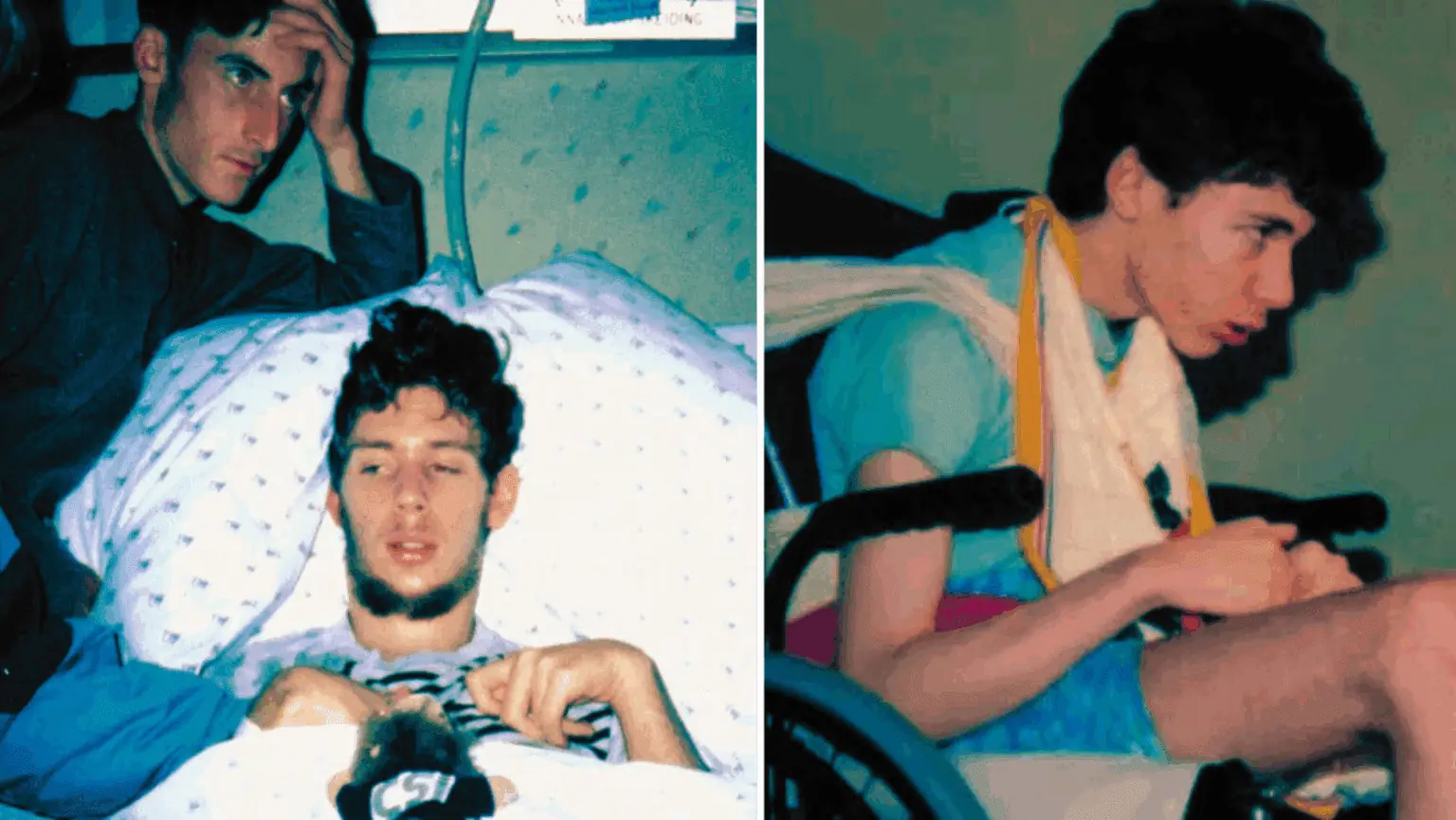
Conscious but Silent: The Reality of Being ‘Locked In’
Despite what others believed, Martin was very much mentally present. After two years of apparent unresponsiveness, he began to regain awareness. His thoughts returned. He could see and hear everything. But his body remained completely unresponsive.
This rare condition, known today as locked-in syndrome, traps individuals inside their own bodies, leaving them unable to communicate despite full mental awareness. For Martin, this state lasted for ten long years.
“I was aware of everything, just like any normal person,” Martin later revealed. “Everyone was so used to me not reacting, they didn’t notice when I started to.”
Watching Life Happen: The Agony of Being Ignored
The most painful part of Martin’s experience wasn’t just the physical helplessness—it was the emotional toll of being invisible. Though he was fully aware of his surroundings, those around him assumed he was not. He was treated more like an object than a person.
He spent his days in care facilities while his parents worked. He was often ignored, spoken over, and treated as though he wasn’t there. Some caregivers neglected him simply because they believed he couldn’t understand.
The emotional burden became even heavier when Martin overheard his mother, overwhelmed and grieving, say, “I hope you die.”
“It broke me,” he later recalled, “but I understood. She thought she had lost me. She was in pain.” Martin chose to respond with empathy rather than resentment, recognizing the unimaginable grief his parents endured.
The Inner World: How He Survived Mentally
With no way to express himself, Martin’s mind became his only refuge. He created a rich internal world to help pass the time and preserve his sanity. He replayed episodes of his favorite show, Knight Rider, in his mind and imagined building and repairing electronics. Over time, he taught himself to tell the time of day based on the light in the room and the sounds he heard.
“I knew who I was. I remembered everything. But I had no one to talk to. It was the loneliest feeling imaginable,” he said.
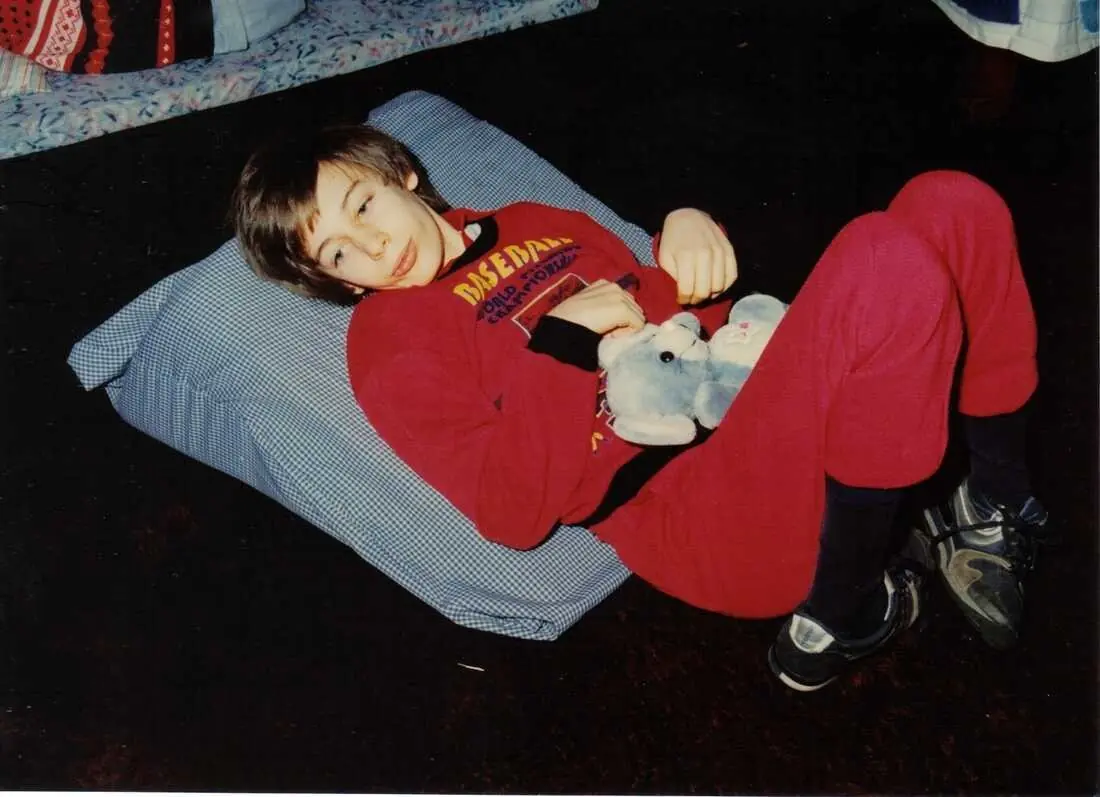
A Spark of Hope: When One Person Chose to Look Deeper
Everything began to change when a caregiver named Virna van der Walt noticed something different about Martin. Unlike others, she believed there was more to him than met the eye. She saw something in his eyes—awareness.
“I think Martin is still there,” she told his parents.
That single observation led to a breakthrough. Martin underwent a communication assessment using specialized tools. The results stunned everyone: Martin could understand and respond—just not in traditional ways.
Rediscovering Communication: A New Way to Speak
With this new knowledge, Martin began working with therapists and assistive technology. Using a computer system that tracked small movements of his head and eyes, he was able to form words and sentences. After more than a decade of silence, Martin finally had a voice again—even if it wasn’t his own.
Step by step, his life began to rebuild.
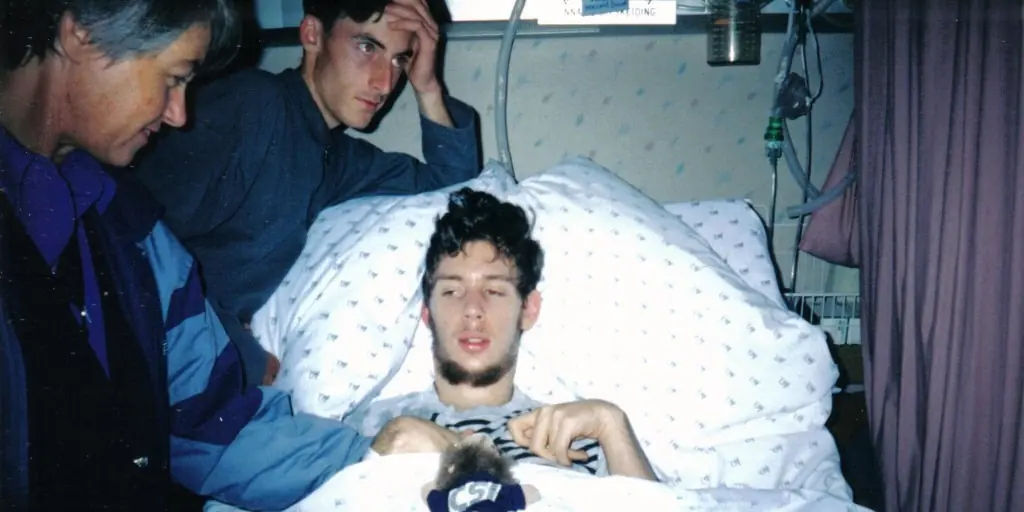
Reclaiming Life: From Isolation to Independence
Martin didn’t stop at communication. He continued to push forward, learning to operate a wheelchair and eventually returning to school. He pursued studies in computer science, a field that had fascinated him since childhood.
He also met Joanna, a social worker from the UK, through mutual friends. Their relationship blossomed through email and video calls, leading to marriage. Today, the couple lives in Essex, England, where Martin runs his own business and speaks publicly about his experience.
Telling His Story: From Silence to a Global Voice
In 2011, Martin shared his journey with the world through his memoir, Ghost Boy: My Escape from a Life Locked Inside My Own Body. The book became an international bestseller and has been translated into multiple languages.
Through his writing and public speaking, Martin continues to advocate for people living with severe disabilities and emphasizes the importance of empathy, inclusion, and never giving up hope.
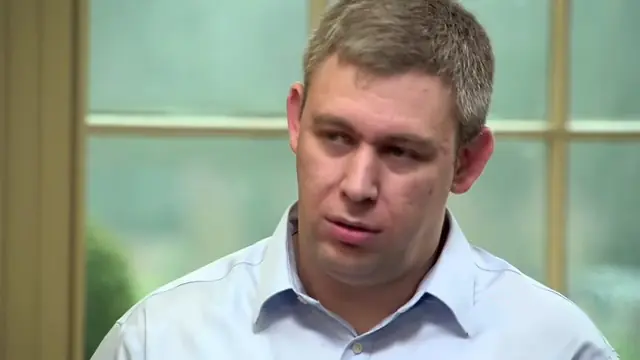
A Powerful Reminder: Seeing Beyond Appearances
Martin’s story is more than a personal triumph—it challenges the way we perceive consciousness and human connection. His life raises important questions:
- How many people might be living with conditions that are misunderstood?
- Do we take the time to truly see and understand those who cannot speak for themselves?
- How can we foster compassion in environments that often rely on assumptions?
Martin’s experiences force us to look deeper—not just into medical conditions, but into our own capacity for empathy and belief in one another.
Today: A Life Reclaimed
Martin Pistorius is no longer just a name in a medical file or a passive observer in his own life. He is a husband, entrepreneur, author, and advocate. He uses his voice, now powered by technology, to speak on behalf of those still trapped in silence.
“In a way, I feel I’ve lived two lives in one,” Martin wrote. “I was given a second chance, and I don’t take it for granted.”
His journey is a profound reminder that while the human body can be fragile, the mind—and the spirit—can endure beyond all expectations.
Martin’s Legacy: Inspiring Hope and Change
Martin continues to share his message with the world through TEDx talks, interviews, and public appearances. His story is not only a medical marvel but a call to action: to listen more closely, to observe more carefully, and to never underestimate the quiet strength in those who cannot speak for themselves.
He is living proof that life can be rebuilt, even from the deepest silence—and that sometimes, all it takes is one person who believes in you to change everything.
News in the same category


The Hidden Meaning Behind Leg-crossing — It’s More Than Just Comfort
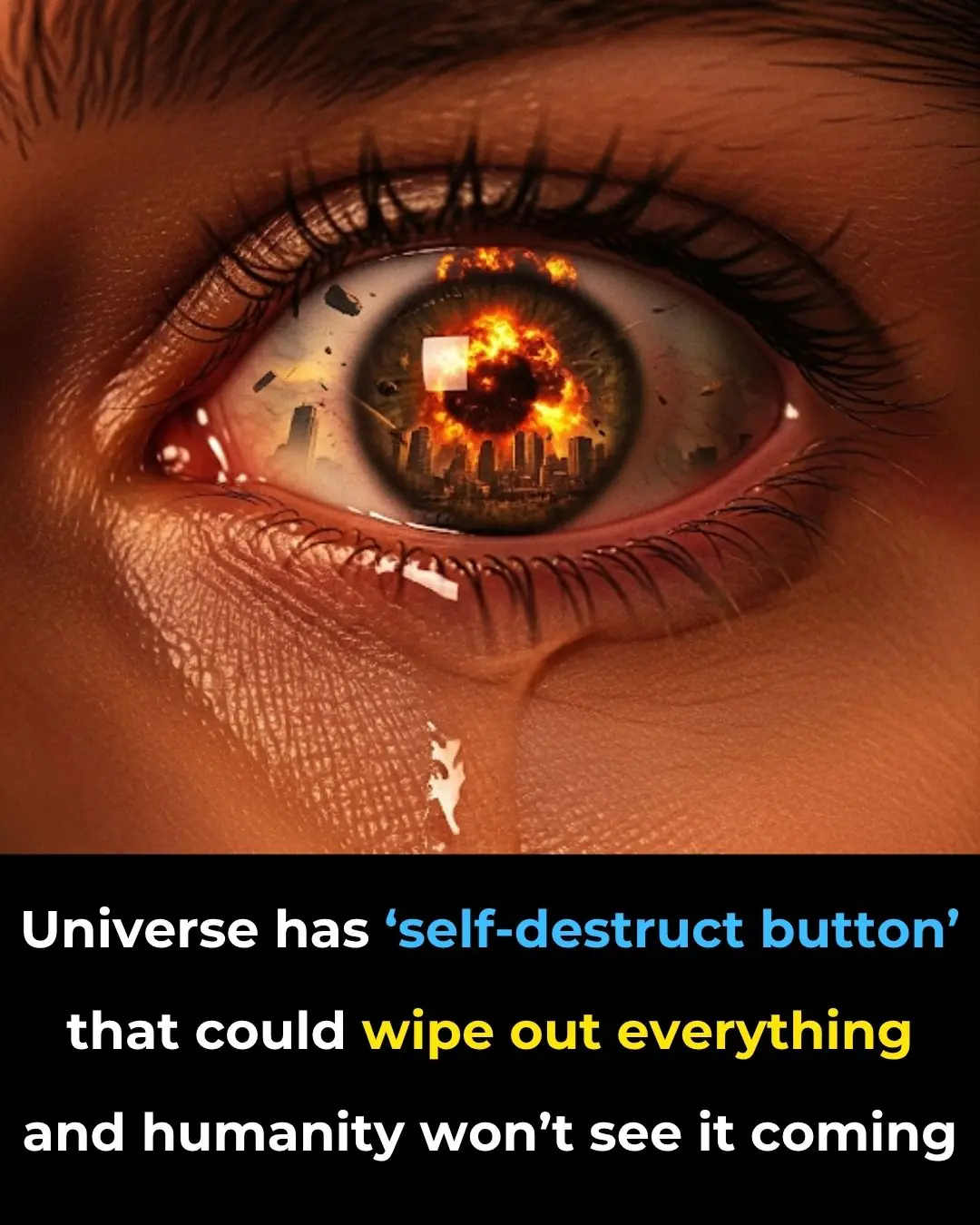
Scientists Warn: Universe’s ‘Self-Destruct Button’ Could Trigger Without Warning

WORLD'S FIRST DATE SOFT DRINK
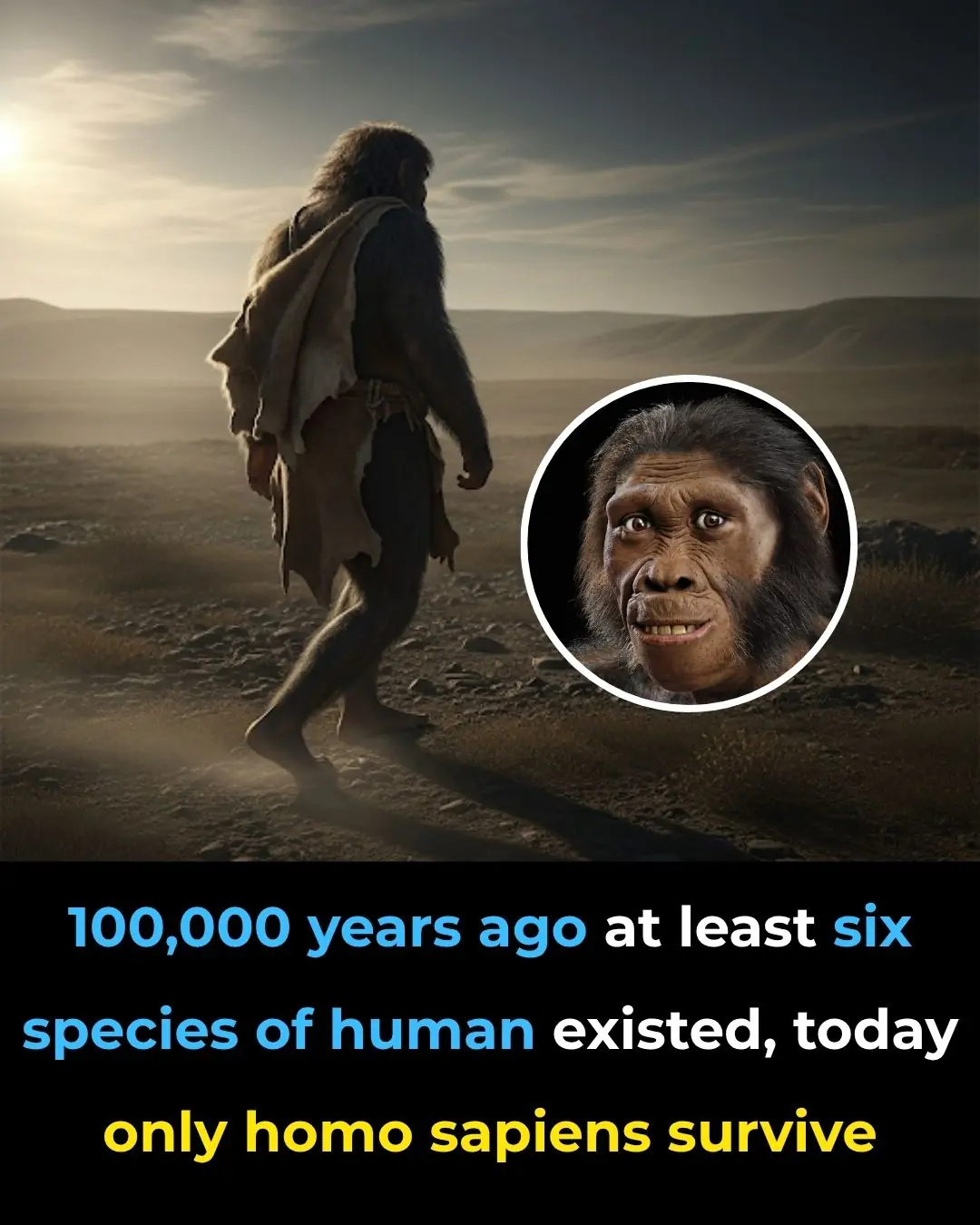
We weren’t the only humans just the last ones left to tell the tale

Japanese “Baba Vanga” Meme Resurfaces After July 2025 Tsunami Triggers Alerts

Why you should always put a coin in the freezer before you leave home
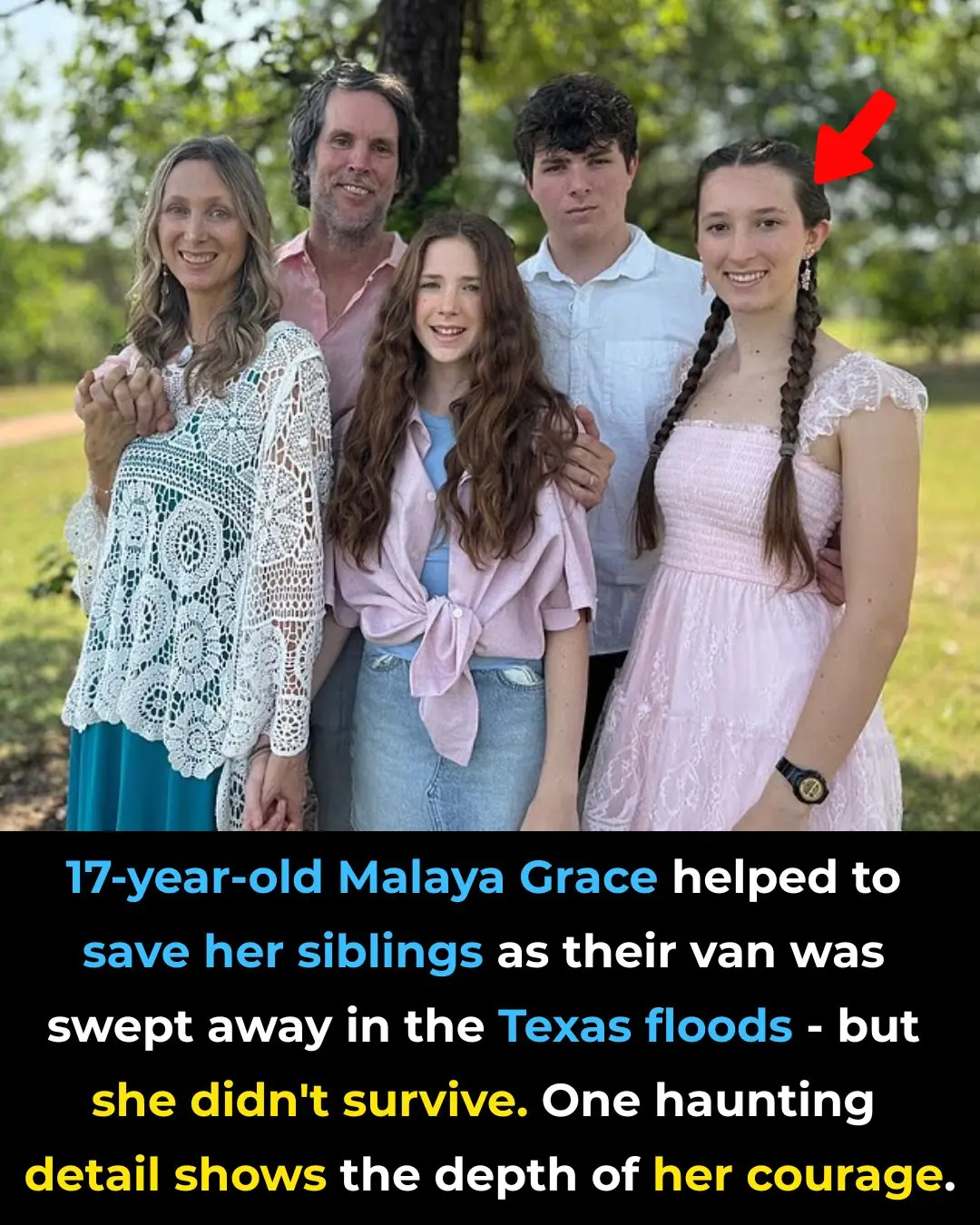
Heroic Teen Malaya Grace, 17, Dies After Saving Siblings from Drowning in Texas Floods

Why You Should Never Ever K--ill A House Centipede If You Find One Inside Of Your Home

‘Granny Pods’ Let Aging Parents Stay Close by in Your Backyard

Airport baggage handler issues warning to anyone who ties a ribbon on their suitcase
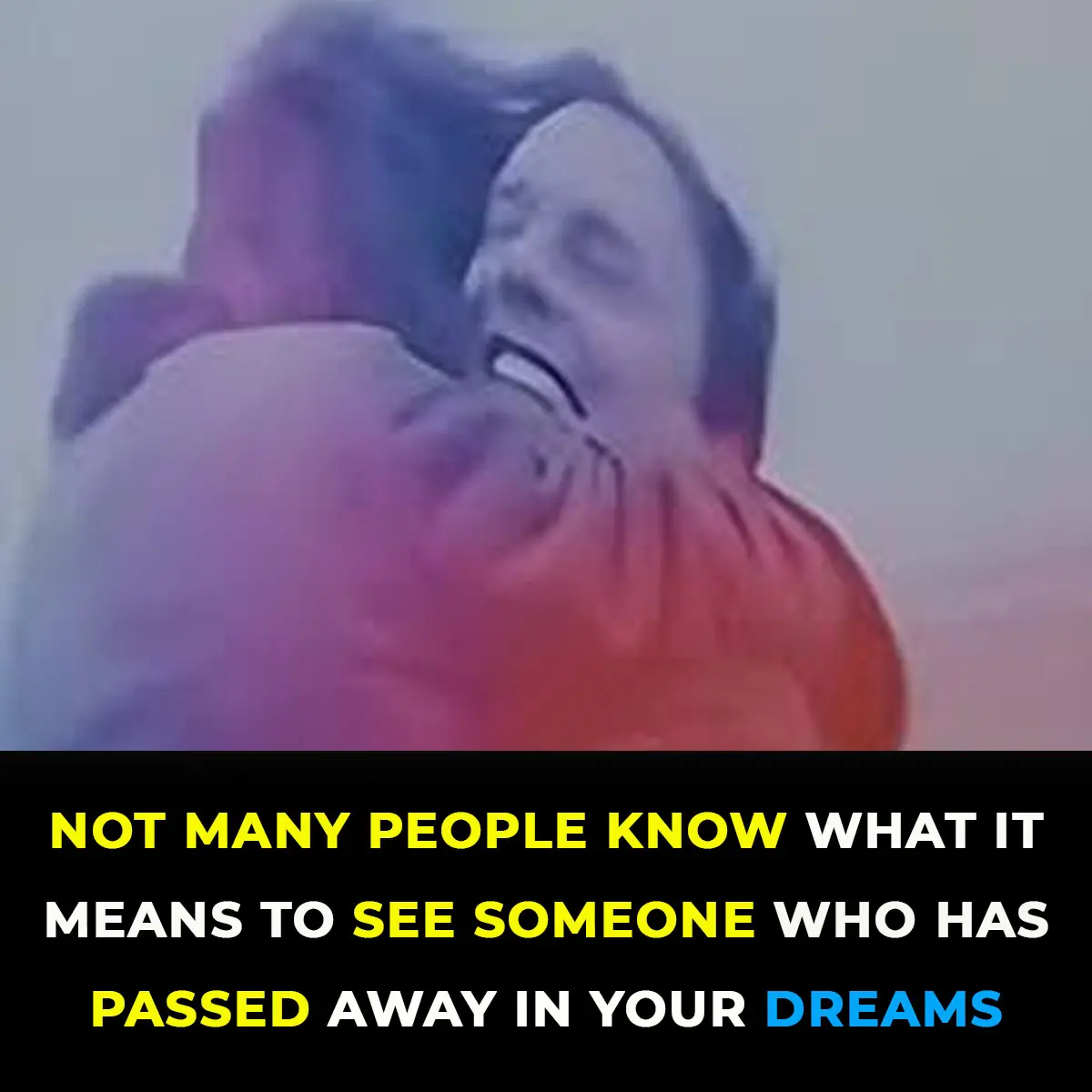
What Does it Symbolize When a Person Who Passed Away Shows up in Your Dream?

Optical illusion reveals whether you’re an introvert or extrovert

Urgent warning issued to all iPhone users following release of iOS 18.6

Experts Warn of Imminent 'Cosmic Hell' That Could Wipe Out Mankind, Exact Time Revealed
Though the ending is billions of years away, the emerging evidence is shifting scientific consensus on cosmic fate. Understanding dark energy—the force shaping expansion—is one of the greatest unsolved mysteries in physics.

Ancient tablet has been completely translated and has some terrifying predictions for humanity

Astronaut Waves And Turns His Camera To Disprove The Flat Earth Theory For Good

Your iPhone’s Volume Buttons Are Loaded with Hidden Features
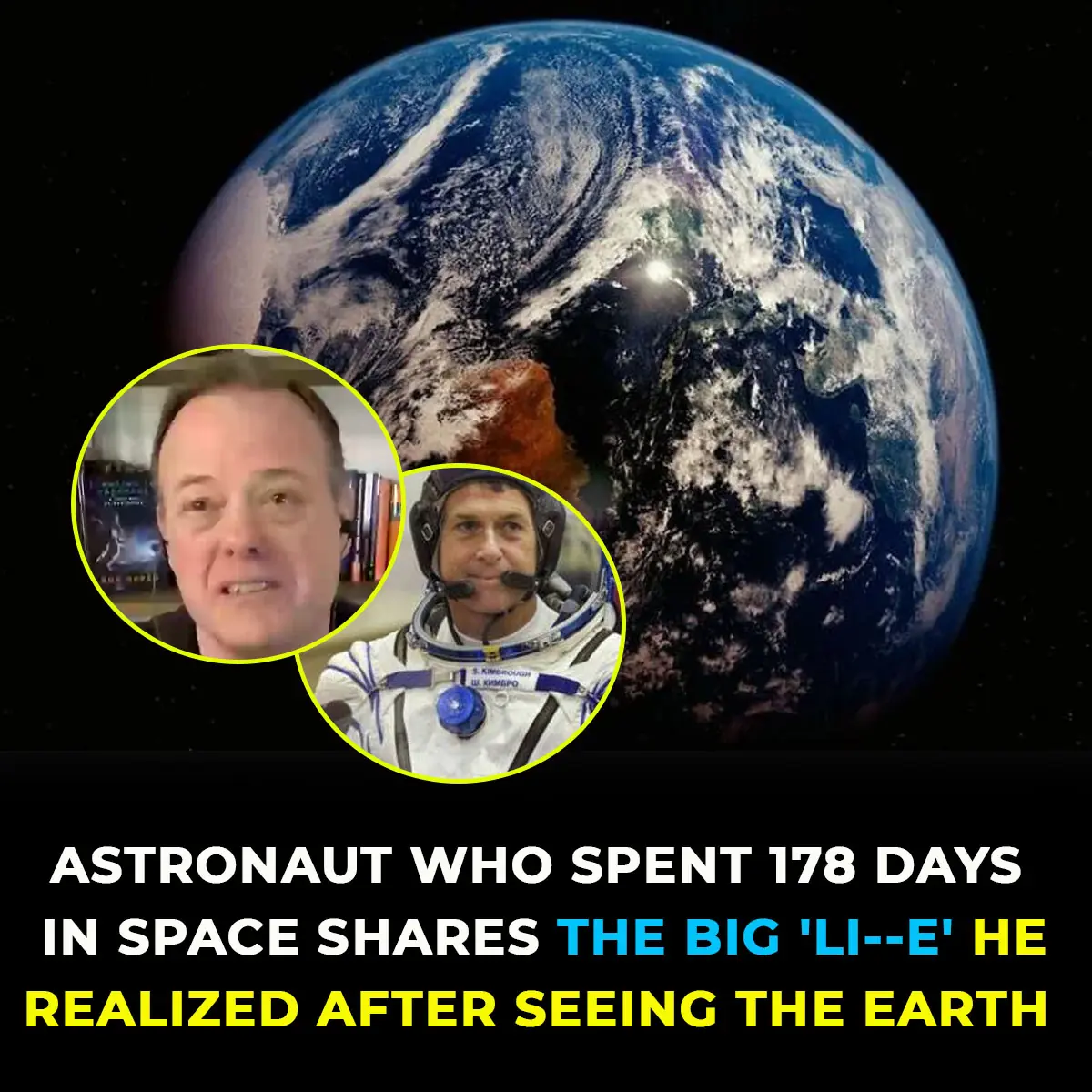
Astronaut shares the profound ‘big lie’ he realized after seeing the Earth from space
News Post

Earth Plunged Into Darkness For Six Minutes In Rare Event Not Seen In A Century

The Hidden Meaning Behind Leg-crossing — It’s More Than Just Comfort

Scientists Warn: Universe’s ‘Self-Destruct Button’ Could Trigger Without Warning

WORLD'S FIRST DATE SOFT DRINK

We weren’t the only humans just the last ones left to tell the tale

Japanese “Baba Vanga” Meme Resurfaces After July 2025 Tsunami Triggers Alerts
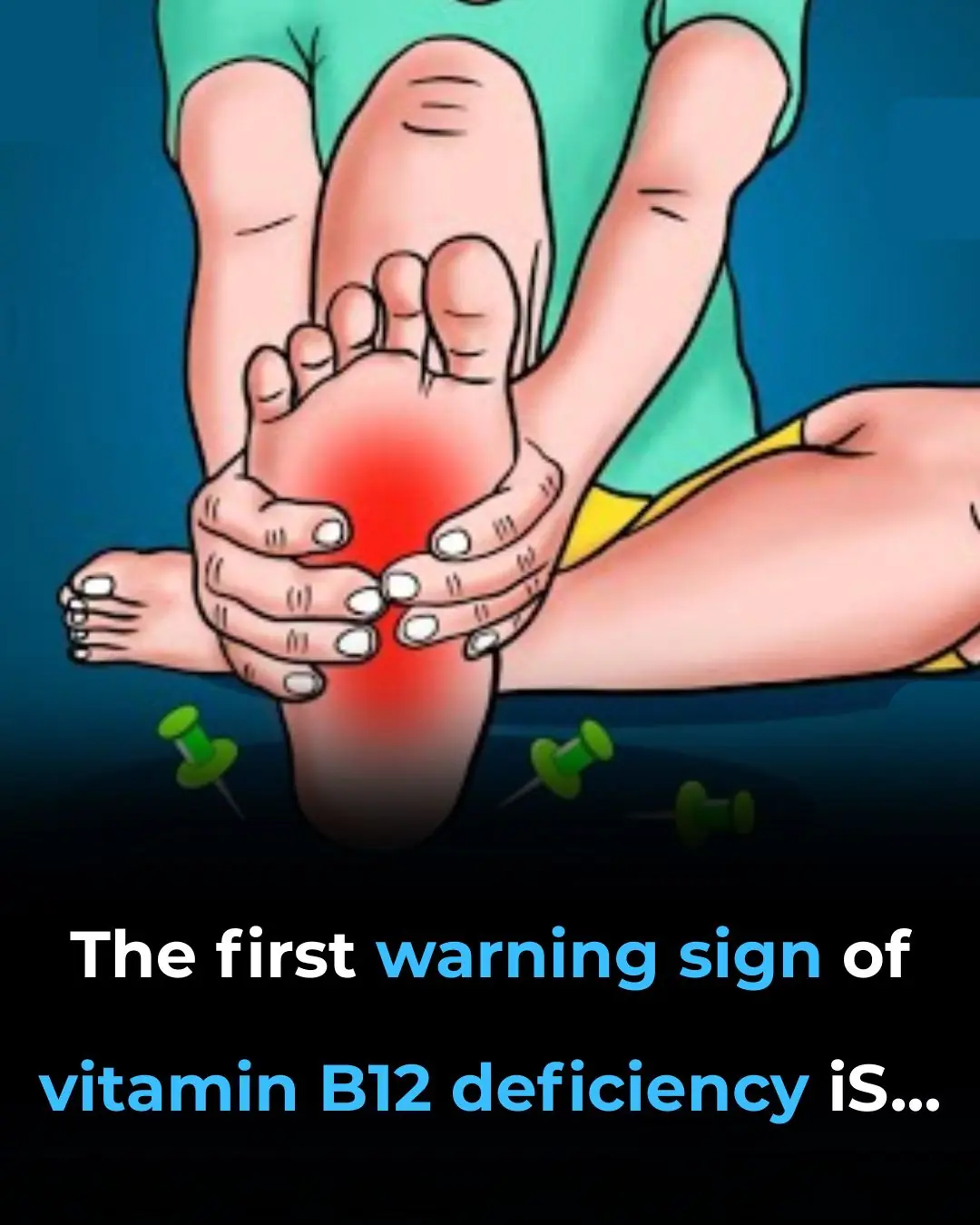
Top Signs of Iron Deficiency and How To Increase Iron Levels In Your Blood

Doctors Suspected Baby Had Mouth Tumor—The Shocking Truth Left Them Speechless

Why Some People Never Break A Bone—3 Wild Theories Explained

JAW DROPPING SIMULATION SHOWS WHAT HAPPENS TO YOUR BODY WHILE FASTING FOR 36 HOURS TO ACHIEVE 'FULL RESET'

Why you should always put a coin in the freezer before you leave home

6 Health Benefits of Sleeping In a Cold Room and How to Make it Cooler- And Why You May Not Want to Use a Fan
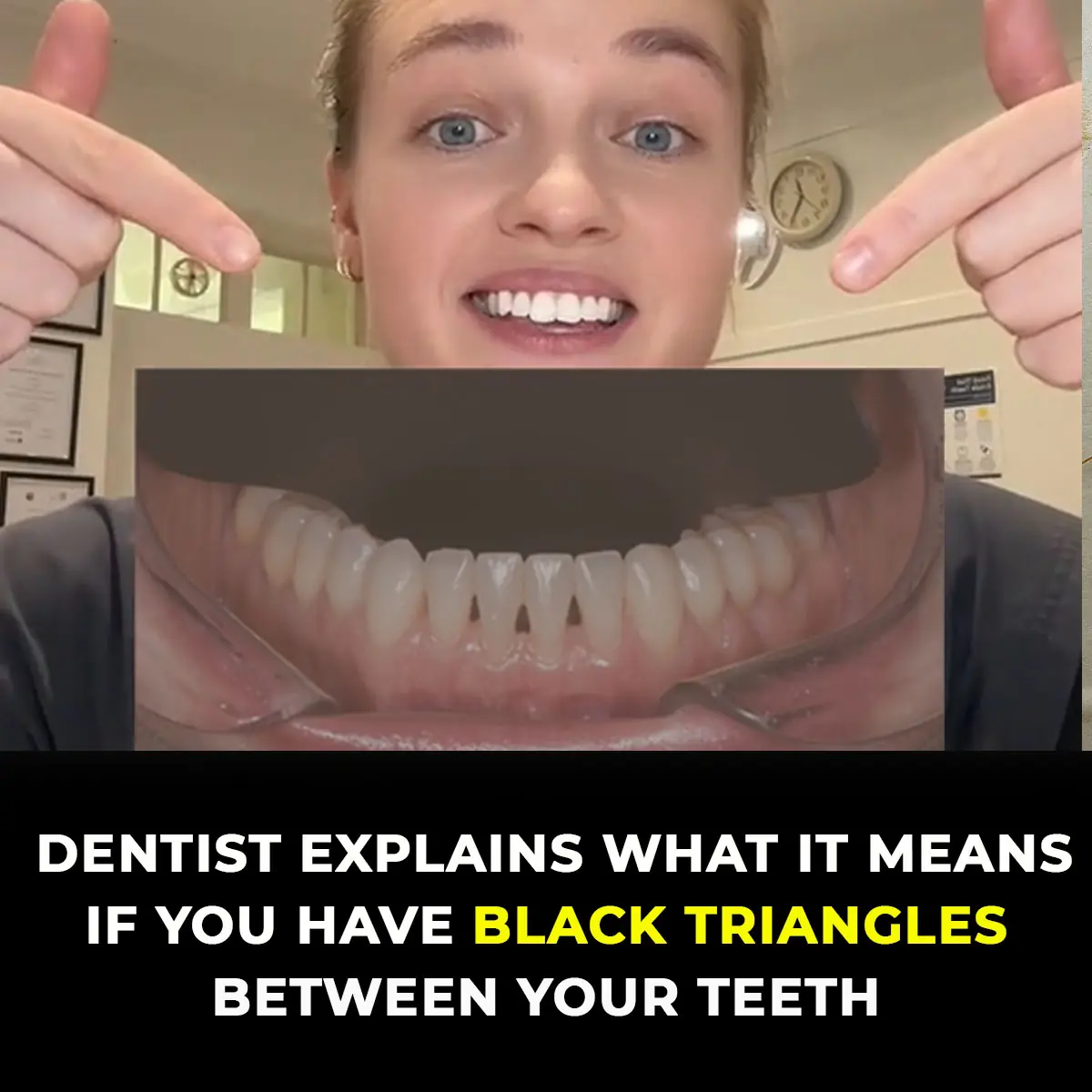
Dentists Explain What Those Black Triangles Are Between Your Teeth

Heroic Teen Malaya Grace, 17, Dies After Saving Siblings from Drowning in Texas Floods

Silent Walking’ Is The Latest Trend Gen Z Are Obsessed With

Why You Should Never Ever K--ill A House Centipede If You Find One Inside Of Your Home

‘Granny Pods’ Let Aging Parents Stay Close by in Your Backyard

Airport baggage handler issues warning to anyone who ties a ribbon on their suitcase
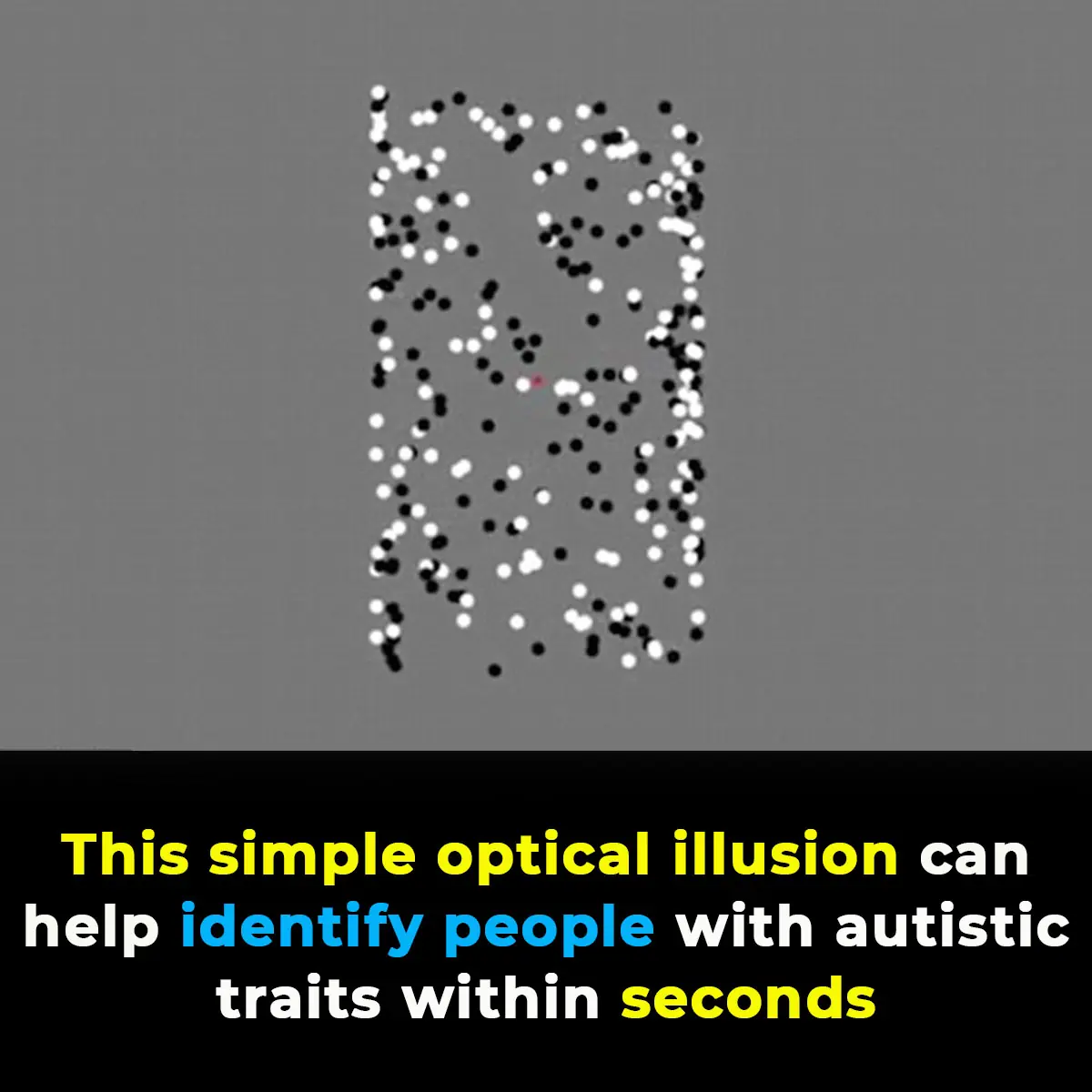
This optical illusion may help identify autistic traits in seconds
